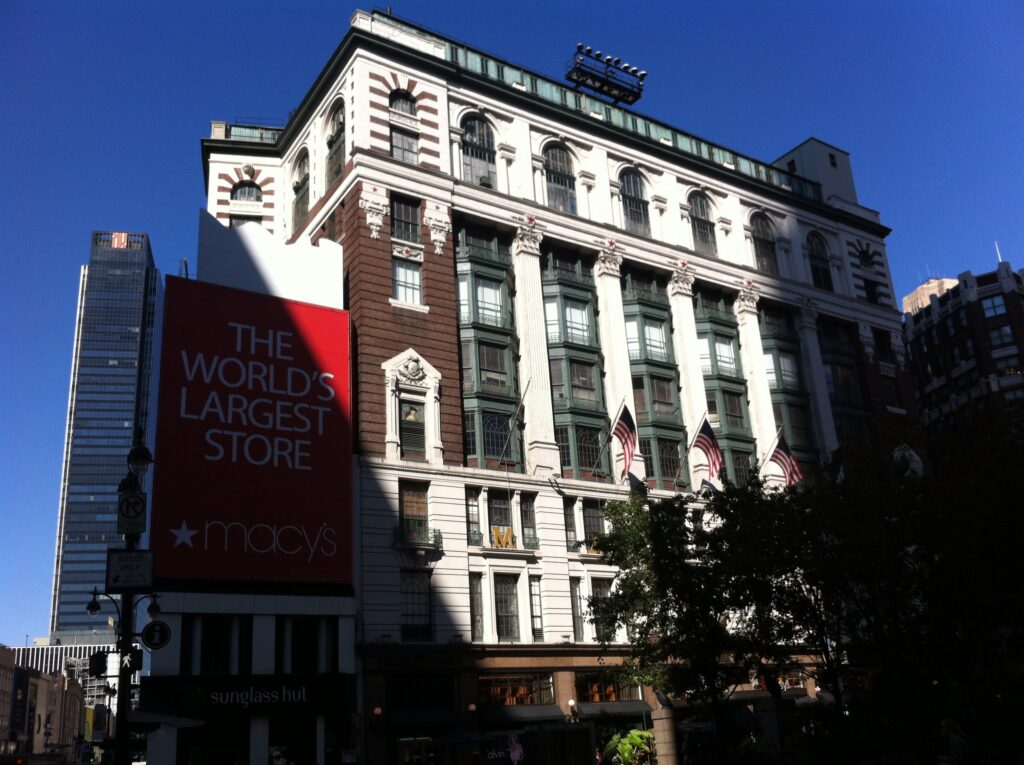
Macy’s, a name synonymous with American department stores, has a history stretching back over 160 years. From its humble beginnings to its current status as a retail giant, Macy’s has witnessed and adapted to countless shifts in consumer behavior and the broader retail landscape. Today, the company continues to evolve, seeking to maintain its relevance in an era dominated by e-commerce and changing shopping habits.

A Legacy Of Innovation And Retail Excellence:
Founded in 1858 by Rowland Hussey Macy in New York City, Macy’s quickly established itself as a destination for a wide array of goods and a pioneer in retail practices. Its iconic flagship store on 34th Street became a symbol of New York City and a beacon for shoppers seeking a diverse selection of merchandise, from clothing and home goods to cosmetics and jewelry. Throughout its history, Macy’s has played a crucial role in shaping the American retail experience.
Navigating The Challenges Of A Changing Retail World:
The rise of online shopping and the growth of e-commerce giants have presented a significant challenge to traditional department stores like Macy’s. The company has responded by investing heavily in its digital presence, enhancing its online platform, and expanding its omnichannel capabilities. This includes initiatives like buy online, pick up in-store (BOPIS) and curbside pickup, offering shoppers greater convenience and flexibility.
Furthermore, Macy’s has been actively managing its physical store footprint, optimizing its portfolio by closing underperforming locations and investing in renovations and upgrades to enhance the shopping experience in its remaining stores.
Future Focus: Experience And Inclusivity:
Looking ahead, Macy’s is focused on creating a more engaging and personalized shopping experience for its customers. This includes leveraging data and technology to offer targeted promotions and recommendations, as well as fostering a sense of community within its stores and online platforms.
The company is also placing a strong emphasis on inclusivity and diversity, reflecting the changing demographics of the American consumer. Macy’s has partnered with numerous brands and designers representing a wider range of body types, ethnicities, and styles, ensuring that its merchandise caters to a broader customer base.
Conclusion:
Macy’s remains a powerful force in the retail industry, a testament to its enduring legacy and its ability to adapt to evolving consumer preferences. While the retail landscape continues to shift, Macy’s commitment to innovation, customer experience, and inclusivity positions it to navigate these challenges and continue to thrive in the years to come. Whether through its physical stores, its robust online platform, or its ongoing commitment to its customers, Macy’s continues to be a vital part of the American retail landscape.
